The problem is likely the way you have set up your simulation and initial conditions.
Consider your controller running open loop. You are providing a control voltage to give you a drive level. This control voltage is roughly proportional to the desired output level. If your simulation has a control voltage that is exactly proportional to the desired drive level, there is no need for a PI or PID control loop's "P" variable, because ther is never an error between the input and output.
In the hardware, however, the system's open-loop response is not exactly proportional to the drive signal, and this must be modeled into your simulation. Hence the need for a feedback loop. The loop measures the error between the desired output and the actual and this error is then processed and added to the control signal, reducing the error.
A loop with a "P" element only will give a better result than running open loop, because the error signal will be multiplied by the "P" variable and added to the control signal, getting you closer to your desired value. But it will never reach the desired value, because the correction from "P" depends on an error being present - if the desired value were reached, the error would be zero and there would be no correction. Increasng the "P" gain, reduces this value, but the rapid increase in drive signal from a small error, combined with the inertia as @Andy_aka pointed to, can cause oscillation whenever there is a change. The "I" value can be introduced to overcome the issue of a constant required error.
Now consider what happens when running with only an "I" component (no "P" as in your question). The error is detected and integrated, then multiplied by the "I" value and added to the control signal, and the device must start to move (accelerate) towards the target. When it arrives ast the "zero error" position, the error goes to zero, so the integral value will stop changing. However, the value of the drive output is not the value needed to hold it in place and counter the force of gravity, but instead is that value plus that needed to accelerate the load to the desired position. Since the feedback output is not changing, the value then drives right past the target, and the integral output value must decrease until the mass decelerates and then travels back through the target. If your simulation's initial condition was at the zero error condion, or if you did not account for mass acceleration and deceleration, no oscillation would be observed.
